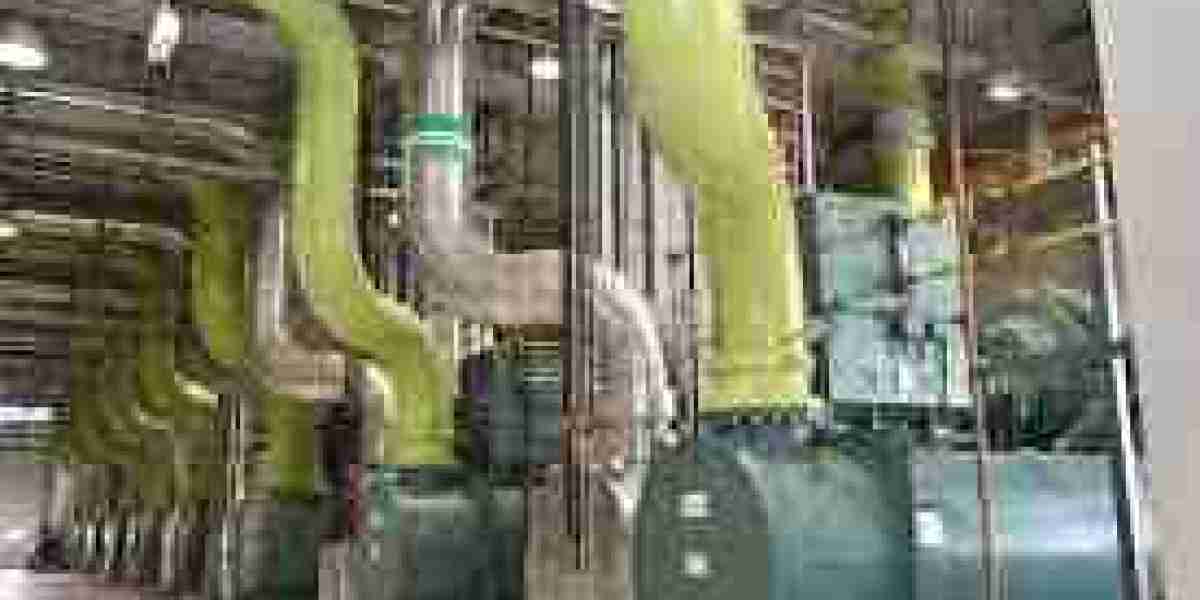The District heating market have long been a cornerstone of urban energy infrastructure, providing centralized heating to multiple buildings through a network of insulated pipes. While these systems offer significant efficiency and environmental benefits, they are increasingly facing economic challenges due to market saturation and declining demand. This article explores the economic implications of these trends and the strategies needed to address them.
Market Saturation and Declining Demand
1. Saturation of Established Markets
In many developed regions, district heating networks have reached a point of saturation. Most urban areas that are suitable for district heating have already been equipped with such systems, leaving limited opportunities for expansion. This saturation leads to intensified competition among existing providers, often resulting in price wars that can erode profit margins. Additionally, the limited growth prospects make it challenging to achieve economies of scale, which are crucial for maintaining financial viability.
2. Declining Heat Demand
Several factors contribute to the decline in heat demand. Improved building insulation and energy efficiency measures have reduced the amount of heating required. Moreover, warmer winters in certain regions have lessened the need for space heating. These reductions in demand are compounded by the increasing adoption of alternative heating solutions, such as heat pumps and individual gas boilers, which offer consumers more control and potentially lower costs. As a result, district heating providers face reduced revenue streams, making it difficult to justify investments in infrastructure upgrades and maintenance.
Economic Implications
1. Financial Strain on Providers
The combination of market saturation and declining demand places significant financial pressure on district heating providers. With limited opportunities for growth and reduced income from existing customers, companies may struggle to cover operational costs and service debt obligations. This financial strain can lead to deferred maintenance, reduced service quality, and, in extreme cases, the insolvency of providers.
2. Investment Challenges
The economic uncertainties associated with declining demand make it challenging to attract investment in district heating projects. Potential investors are wary of committing capital to systems that may not achieve desired returns due to shrinking customer bases and competitive pressures. This reluctance hinders the modernization and expansion of district heating networks, preventing the adoption of more efficient and sustainable technologies.
3. Impact on Energy Transition Goals
District heating systems are integral to achieving energy transition goals, particularly in urban areas. They facilitate the integration of renewable energy sources and contribute to the decarbonization of the heating sector. However, the economic challenges faced by district heating providers can impede progress toward these objectives. Without adequate investment and support, the potential of district heating to contribute to sustainable energy systems may remain unfulfilled.
Strategies to Mitigate Economic Challenges
1. Diversification of Services
District heating providers can explore diversifying their services to create new revenue streams. For instance, integrating cooling services into existing heating networks can attract a broader customer base and increase utilization during warmer months. Additionally, offering value-added services such as energy management solutions can enhance customer satisfaction and loyalty.
2. Adoption of Flexible Pricing Models
Implementing flexible pricing models that reflect actual energy consumption can help align costs with customer usage patterns. This approach can improve customer satisfaction and encourage energy conservation. Moreover, introducing time-of-use tariffs can incentivize customers to use heating during off-peak hours, optimizing the utilization of the district heating system.
3. Collaboration with Alternative Heating Providers
Rather than viewing alternative heating solutions as competitors, district heating providers can explore opportunities for collaboration. For example, integrating excess heat from industrial processes or data centers into district heating networks can enhance the sustainability and efficiency of the system. Such collaborations can also help mitigate the impact of declining demand by expanding the sources of heat supply.
4. Policy Support and Regulatory Reform
Governments play a crucial role in supporting the viability of district heating systems. Implementing policies that provide financial incentives for infrastructure upgrades and the integration of renewable energy sources can encourage investment in district heating. Additionally, streamlining regulatory processes and providing clear guidelines can reduce the administrative burden on providers and facilitate the implementation of modernization projects.
5. Investment in Technological Innovation
Investing in technological innovations can enhance the efficiency and competitiveness of district heating systems. The adoption of advanced metering infrastructure, real-time monitoring, and predictive maintenance can optimize operations and reduce costs. Furthermore, exploring the potential of fourth-generation district heating (4GDH), which operates at lower temperatures and integrates renewable energy sources, can improve system performance and sustainability. However, the economic viability of such investments must be carefully assessed in the context of declining demand and market saturation.
Conclusion
The economic challenges posed by market saturation and declining demand present significant threats to the viability of district heating systems. Addressing these challenges requires a multifaceted approach that includes diversification of services, adoption of flexible pricing models, collaboration with alternative heating providers, policy support, and investment in technological innovation. By implementing these strategies, district heating providers can enhance their resilience and continue to contribute to sustainable urban energy systems.




